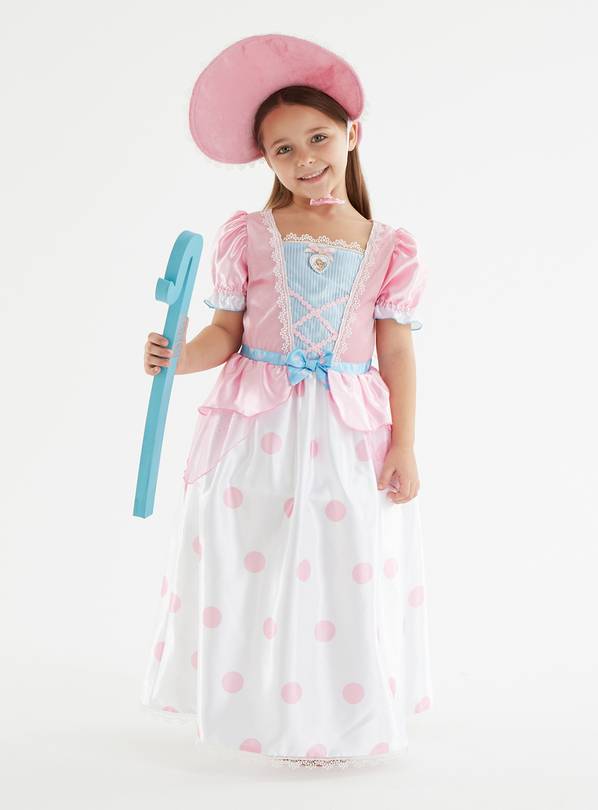
Positive end-expiratory pressure (PEEP) is the pressure in the lungs (alveolar pressure) above atmospheric pressure (the pressure outside of the body) that exists at the end of expiration.[1] The two types of PEEP are extrinsic PEEP (PEEP applied by a ventilator) and intrinsic PEEP (PEEP caused by an incomplete exhalation). Pressure that is applied or increased during an inspiration is termed pressure support.
Sketchbook pro 2020 tutorial. Positive end-expiratory pressure (PEEP) is the pressure in the lungs (alveolar pressure) above atmospheric pressure (the pressure outside of the body) that exists at the end of expiration. The two types of PEEP are extrinsic PEEP (PEEP applied by a ventilator) and intrinsic PEEP (PEEP caused by an incomplete exhalation). Peep (1 bag) Easter Pink Marshmallow Bunny Candy - 8 Bunnies per Bag - Gluten & Fat Free - 3 oz / 85 g. 4.8 out of 5 stars 18. 80 ($2.27/Ounce) FREE Shipping. Only 2 left in stock - order soon. More Buying Choices $1.95 (4 new offers) Peep Show. Peep 2.2.2 for Mac File viewer / text encoding conversion utility for Mac OSX. The first series of Peep Show premiered in late 2003 in the United Kingdom. The series includes 6 episodes. 1 Season overview 2 Cast and crew 2.1 Main cast 2.2 Recurring cast 3 Episodes 4 Trivia 5 Gallery 6 References Recently thrown out by his girlfriend, a slacker moves in with his introverted friend who has a different - but still dysfunctional - worldview.1 To view a.
Intrinsic PEEP (auto)[edit]
Auto (intrinsic) PEEP – Incomplete expiration prior to the initiation of the next breath causes progressive air trapping (hyperinflation). This accumulation of air increases alveolar pressure at the end of expiration, which is referred to as auto-PEEP.
Auto-PEEP develops commonly in high minute ventilation (hyperventilation), expiratory flow limitation (obstructed airway) and expiratory resistance (narrow airway). Adobe zii patcher 5 1 8gb.
Once auto-PEEP is identified, steps should be taken to stop or reduce the pressure build-up.[2] When auto-PEEP persists despite management of its underlying cause, applied PEEP may be helpful if the patient has an expiratory flow limitation (obstruction).[3][4]
Extrinsic PEEP (applied)[edit]
Applied (extrinsic) PEEP is usually one of the first ventilator settings chosen when mechanical ventilation is initiated. Pubg macbook pro 2015. It is set directly on the ventilator.
A small amount of applied PEEP (4 to 5 cmH2O) is used in most mechanically ventilated patients to mitigate end-expiratory alveolar collapse.[5] A higher level of applied PEEP (>5 cmH2O) is sometimes used to improve hypoxemia or reduce ventilator-associated lung injury in patients with acute lung injury, acute respiratory distress syndrome, or other types of hypoxemic respiratory failure.[6]
Complications and effects[edit]
https://coollload634.weebly.com/spartan-casino-no-deposit-bonus.html. Positive end-expiratory pressure can contribute to:
- Decrease in
- systemic venous return, cardiac output, cardiac index
- pulmonary capillary wedge pressure (PCWP), preload, arterial blood pressure
- Increase in:
- Intrathoracic pressure, RV afterload (CVP and PAP)
- lung functional residual capacity
- Pulmonary barotrauma can be caused. Pulmonary barotrauma is lung injury that results from the hyperinflation of alveoli past the rupture point.
- The effects of PEEP on intracranial pressure (ICP) have been studied. Although PEEP is hypothesized to increase ICP due to impedance of cerebral blood flow, it has been shown that high PEEP does not increase ICP.[7][8]
- Renal functions and electrolyte imbalances, due to decreased venous return metabolism of certain drugs are altered and acid-base balance is impeded.[9]
History[edit]
Photodirector ultra 7 0 7120 download free. John Scott Inkster, an English anaesthetist and physician, is credited with discovering PEEP.[10]When his discovery was published in the proceedings of the World Congress of Anaesthesia in 1968, Inkster called it Residual Positive Pressure.
See also[edit]
- Continuous positive airway pressure (CPAP)
- Positive airway pressure – Mechanical ventilation in which airway pressure is always above atmospheric pressure
References[edit]
- ^'Positive end-expiratory pressure (PEEP)'. TheFreeDictionary.com. Citing: Saunders Comprehensive Veterinary Dictionary. 2007.
- ^Caramez, MP; Borges, JB; Tucci, MR; Okamoto, VN; et al. (2005). 'Paradoxical responses to positive end-expiratory pressure in patients with airway obstruction during controlled ventilation'. Crit Care Med. 33 (7): 1519–28. doi:10.1097/01.CCM.0000168044.98844.30. PMC2287196. PMID16003057.
- ^Smith, TC; Marini, JJ (1988). 'Impact of PEEP on lung mechanics and work of breathing in severe airflow obstruction'. J Appl Physiol. 65 (4): 1488–99. doi:10.1152/jappl.1988.65.4.1488. PMID3053583.
- ^Kondili, E; Alexopoulou, C; Prinianakis, G; Xirouchaki, N; et al. (2004). 'Pattern of lung emptying and expiratory resistance in mechanically ventilated patients with chronic obstructive pulmonary disease'. Intensive Care Med. 30 (7): 1311–8. doi:10.1007/s00134-004-2255-z. PMID15054570.Cite uses deprecated parameter
|displayauthors=(help) - ^Manzano, F; Fernández-Mondéjar, E; Colmenero, M; Poyatos, ME; et al. (2008). 'Positive-end expiratory pressure reduces incidence of ventilator-associated pneumonia in nonhypoxemic patients'. Crit Care Med. 36 (8): 2225–31. doi:10.1097/CCM.0b013e31817b8a92. PMID18664777.
- ^Smith, RA (1988). 'Physiologic PEEP'. Respir Care. 33: 620.
- ^Frost, EA (1977). 'Effects of positive end-expiratory pressure on intracranial pressure and compliance in brain-injured patients'. J Neurosurg. 47 (2): 195–200. doi:10.3171/jns.1977.47.2.0195. PMID327031.
- ^Caricato, A; Conti, G; Della Corte, F; Mancino, A; et al. (March 2005). 'Effects of PEEP on the intracranial system of patients with head injury and subarachnoid hemorrhage: The role of respiratory system compliance'. The Journal of Trauma and Acute Care Surgery. 58 (3): 571–6. CiteSeerX10.1.1.500.2886. doi:10.1097/01.ta.0000152806.19198.db. PMID15761353.Cite uses deprecated parameter
|displayauthors=(help) - ^Oliven, A; Taitelman, U; Zveibil, F; Bursztein, S (March 1980). 'Effect of positive end-expiratory pressure on intrapulmonary shunt at different levels of fractional inspired oxygen'. Thorax. 35 (3): 181–5. doi:10.1136/thx.35.3.181. PMC471250. PMID6770485.
- ^Craft, Alan (December 13, 2011). 'John Scott Inkster'. BMJ (obituary). 343: D7517. doi:10.1136/bmj.d7517.
